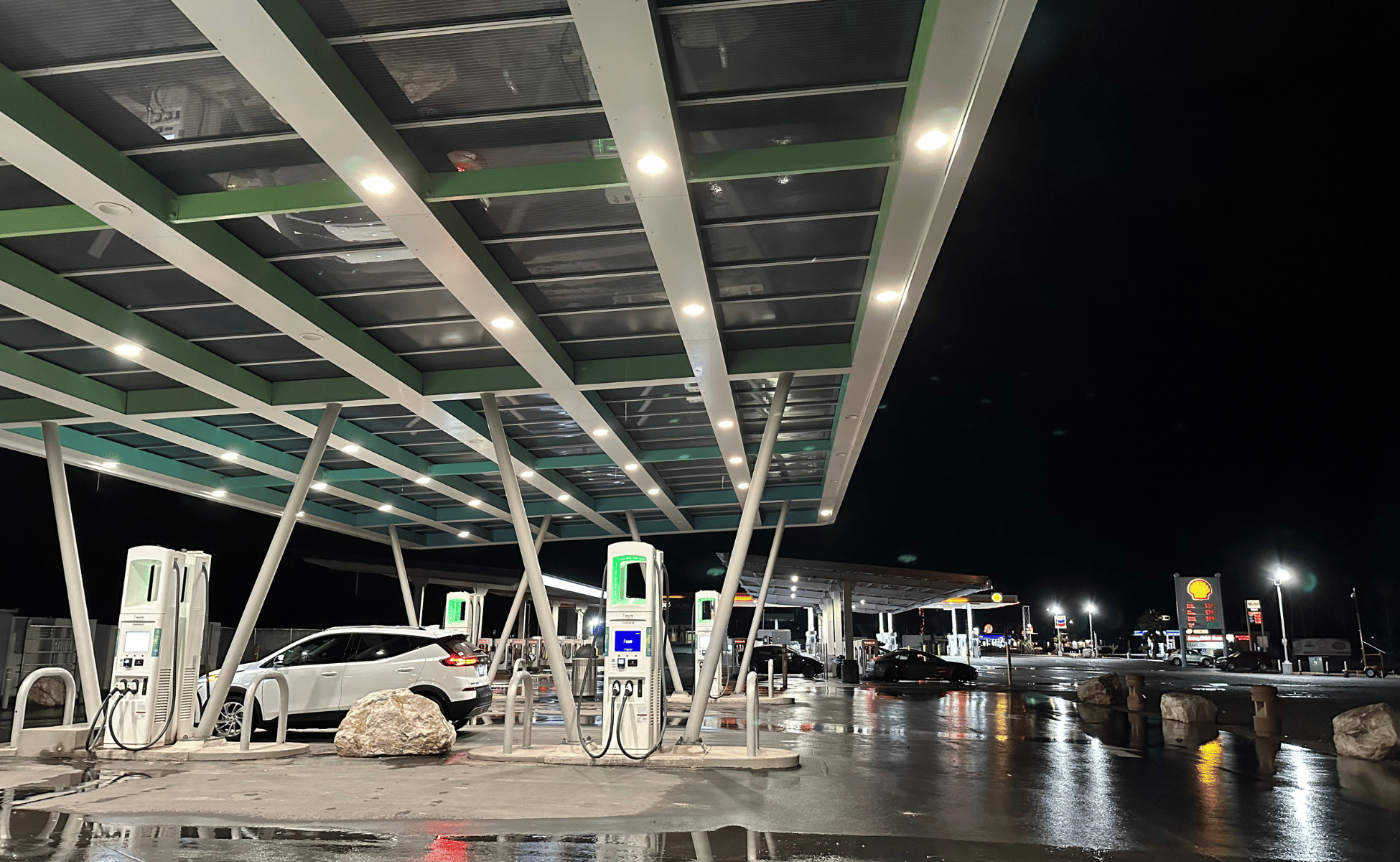
As the UK advances towards its Net Zero targets, the demand for electric vehicle (EV) charging stations continues to rise. Currently, there are approximately 44,500 charging points in the country, yet many more will be needed if, as planned, the sale of new petrol and diesel vehicles is banned by the end of the decade. While it’s difficult to estimate exactly how many EV charging points will be required to meet demand, The Society of Motor Manufacturers and Traders (SMMT) predicts that 2.3 million will be necessary by 2030.
Installing EV charging points isn’t a task that can be completed by a domestic electrician: there are important considerations involved in powering the infrastructure that underpins their effective performance which, in this article, we’ll discuss.
Establishing A Reliable Connection With The Grid
Before installing an EV charging station, it’s essential to establish a reliable connection to the local electricity grid to ensure there is sufficient capacity to meet the demands of the charging station. This must be carried out by an accredited specialist electrical contractor who will need to coordinate with the local utility company to determine the available electrical capacity. Upgrades may be necessary to meet the charging station's power requirements.
Preparing The Installation Site
Preparing the installation site is a critical step to ensure a seamless and compliant setup. Several factors should be considered at this stage of the process, including:
- Ensuring there is adequate space for the charging points and vehicular access.
- Ensuring user accessibility, including for motorists with restricted mobility.
- Compliance with all current electrical safety regulations.
Clear markings, signage, and appropriate parking spaces for EVs are essential for a user-friendly experience, so planning the installation site amounts to much more than simply deciding where to position the charging stations.
Arranging Groundwork
Civil engineering and groundwork involve preparing the site for the installation of the EV points and associated alterations for vehicular access and parking. This includes levelling the ground, laying foundations for the charging stations, and installing underground cabling. Proper planning and execution are vital to ensure the stability and longevity of the charging station infrastructure.
Installing Electrical Cabling
The electrical engineering contractors will need to ensure that proper electrical cabling is installed to transmit power from the source to the charging stations. Cables must be able to handle the required current levels without overheating or causing voltage drops. Choosing cables with appropriate gauge and insulation ratings is vital to ensure efficient power transmission and the safe operation of the charging stations.
Evaluating Existing Infrastructure
It’s essential to evaluate the existing electrical infrastructure to determine if it can handle the additional load from the charging stations. If not, upgrades or modifications will be necessary to support the increased power demand; transformers, switchgear, and distribution panels will need to be assessed to ensure they have sufficient capacity to handle the additional load.
Ensure Your EV Charging Stations Are Backed By The Right Infrastructure
As specialist EV charging station installation contractors, we can make sure that your electric vehicle charging points are supported by the best infrastructure, thereby reducing the likelihood of performance issues and technical problems. To find out more, please get in touch.
Image Source: Canva
Posts By Topics
- general (61)
- Expert Electrical Contractors (9)
- Case Studies (8)
- High-Voltage Equipment Maintenance (8)
- Electrical Distribution Equipment (6)
- High Voltage (4)
- High Voltage Electrical Safety (3)
- High-Voltage Switchgear (2)
- Independent Connection Provider (2)
- Engineered Systems (Electrical) Ltd (1)

